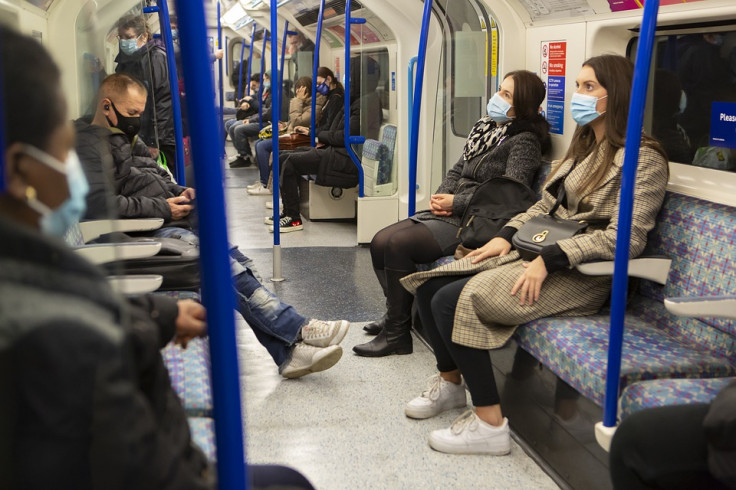How to reduce coronavirus risk: Scientists weigh in on best way to prevent COVID-19 infection
Using the model "event R," scientists found that physical distancing is still the universally effective way of reducing the spread of COVID-19.
Health experts have given so many recommendations when it comes to preventing the spread of the novel coronavirus. New research weighed in on the different methods that help prevent the spread and have come to ascertain that physical distancing is still the most effective one.
A study titled, "Event-specific interventions to minimize COVID-19 transmission," published in the journal of the Proceedings of the National Academy of Sciences, revealed that physical distancing is the universally effective way of reducing the spread of COVID-19. They also ascertained that masks and social bubbles are dependent on a situation to be effective.
The researchers from Simon Fraser University (SFU) developed a model in order to test how effective these preventive measures are. The concept they introduced was "event R," which denotes the expected number of individuals who become infected with the virus from a person at an event.
Paul Tupper and Caroline Colijin, two of the authors and professors at the SFU, looked at the factors that could affect infection. These include the duration of exposure, transmission intensity, degree of mixing, and the proximity of individuals. They then examined the methods that are truly effective in preventing the transmission in each circumstance. They collected data from outbreaks that have been reported. Source events include gatherings at nightclubs, parties, public transit, and restaurants.
The researchers noted that the chances of individuals becoming infected primarily depend on the transmission rate and duration. This means that the length of time that an individual spends in a specific place can greatly affect the possibility of getting infected. They categorised the events into two: saturating and linear.
Those events that are considered as saturating, or having a high transmission probability, include nightclubs, bars, and overcrowded workplaces. Those considered as linear or having low transmission probability, include public transportation with masks, outdoor activities, and distancing in restaurants.
Based on the model made by researchers, physical distancing is still the most effective way to reduce the spread of COVID-19 in all settings. However, the effectiveness of social bubbles would depend on whether the probability of transmission is high or low. The researchers suggest that in high transmission areas, having strict social bubbles will be helpful. They also found that in low transmission settings, social bubbles are less effective.
Overall, the researchers noted that physical distancing remains to be the most effective way to prevent the spread of COVID-19. In addition to physical distancing, the CDC suggests that washing hands often with soap and water for 20 seconds at the very least will help protect you and others around you from COVID-19.
© Copyright IBTimes 2025. All rights reserved.






















